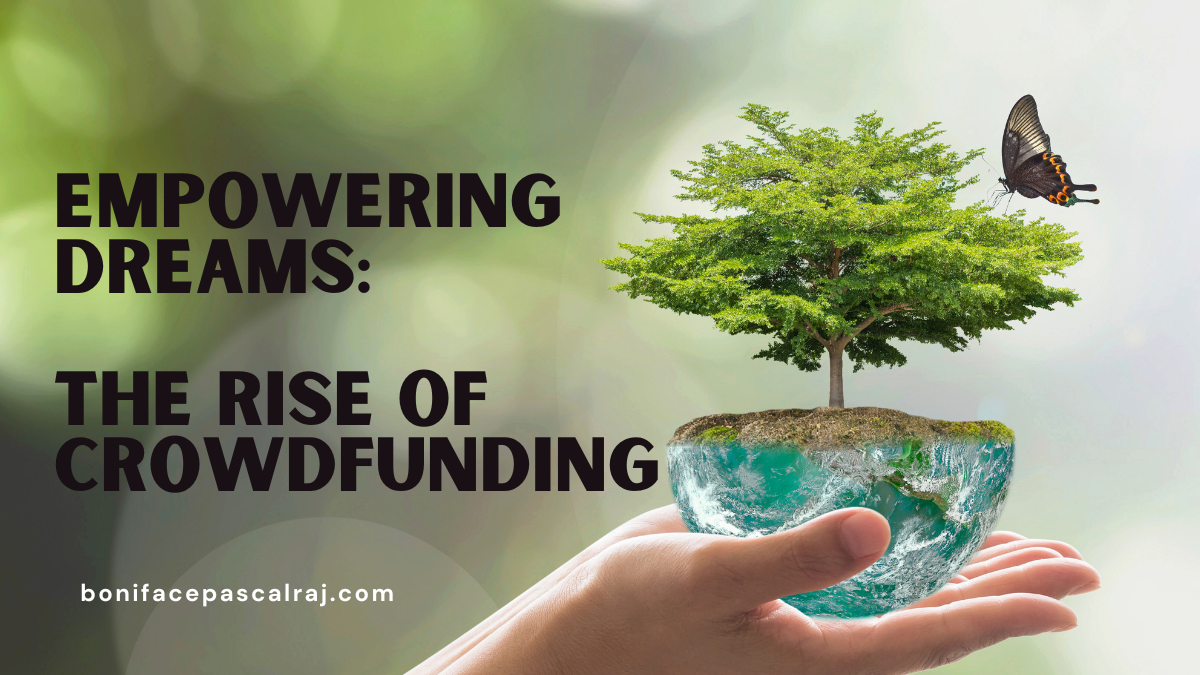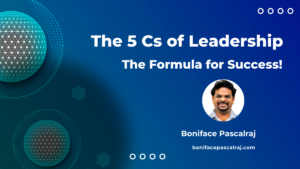Few crowdfunding success stories capture people’s attention as much as the Pebble Time smartwatch does. Eric Migicovsky, the pioneering founder of Pebble Technology, set out to develop a ground-breaking smartwatch that worked invisibly with smartphones back in 2012. The conventional sources of funding, however, proved to be severe barriers in the way of his grandiose project. At this point, the power of crowdsourcing intervened, turning Eric’s vision into an extraordinary reality.
Eric used the well-known crowdsourcing website Kickstarter to bring his vision to life. For the production of the Pebble Time smartwatch, he set a modest aim of $100,000. The response was tremendous. When the campaign finally ended, they had received an astounding $20.3 million from more than 78,000 backers, surpassing their financial target in just two hours after starting it.
In addition to providing the required financing for production, the crowdfunding effort acted as a marketing tool, creating buzz and grabbing media attention. The campaign for the Pebble Time smartwatch proved how effective crowdsourcing is in testing and launching new goods.
The Indian firm Ketto is one of the most inspiring success stories in crowdfunding. Ketto, an online platform for crowdfunding that was established by Varun Sheth and Zaheer Adenwala, has had a huge impact on how India raises money for healthcare. Ketto has given people and families dealing with difficult medical problems a lifeline by putting a significant emphasis on medical and healthcare causes and enabling them to generate money for therapies, operations, and other essential healthcare requirements. In order to ensure that the monies obtained through its platform go directly to the intended recipients while supporting the platform’s operations, Ketto generates revenue by levying a small fee or commission on those funds.
Fueladream is a well-known crowdfunding website in India. Ranganath Thota founded Fueladream, an organization dedicated to advancing innovations, social issues, and artistic endeavors. The website has made it easier to crowdfund a variety of projects, from creative activities and commercial ideas to community-driven social enterprises. Fueladream uses a similar business model, charging a fee or commission on the funds raised by campaigns so they can get access to the resources they need to realize their ideas.
Globally speaking, crowdsourcing sites like Kickstarter and Indiegogo are shining examples of how it may revolutionize an industry. These platforms have made it possible for creators all over the world to realize their original ideas. According to the “all-or-nothing” funding strategy used by Kickstarter, projects must accomplish their financial target within a given time frame to be eligible for funding. Along with payment processing costs, Kickstarter levies a 5% fee on the entire amount raised. Contrarily, Indiegogo provides both flexible and fixed financing choices, giving artists the freedom to decide whether they will receive the money even if they fall short of their goal. For successful campaigns, Indiegogo assesses a 5% platform fee; additional fees may apply for particular add-on services.
By providing a venue for individuals and organizations to raise money, crowdfunding websites like Ketto, Fueladream, Kickstarter, and Indiegogo have disrupted traditional fundraising procedures and democratized access to cash. They provide opportunities for generating income through various fee systems and link dedicated creators with a global network of backers, supporting the survival and growth of the platforms themselves.
Benefits of Crowdfunding Business Model
Access to Capital: By offering entrepreneurs another source of finance besides traditional investors or loans, crowdfunding enables them to realize their business ideas.
Market Validation: Launching a crowdfunding campaign allows business owners to determine whether there is a market for their product or service. Positive feedback and support may be signs of a significant market need.
Marketing and Awareness: Crowdfunding campaigns serve as marketing platforms, raising interest in and knowledge of the project or product. Increased visibility and possible customers or investors may result from this.
Feedback and Engagement: Supporters of crowdfunding projects frequently contribute insightful comments, feedback, and information, enabling entrepreneurs to hone and improve their products based on real-time feedback.
Limitations of the Crowdfunding Business Model:
High Competition: Because of the fierce competition on crowdfunding platforms, it can be difficult to stand out from the crowd of competing projects. A strong value proposition, good marketing, and appealing storytelling are all necessary.
Fulfillment Challenges: If the campaign garners a sizable number of supporters, it may prove logistically challenging and time-consuming to successfully fulfill rewards or deliver goods to a large number of backers.
Unrealized Expectations: On occasion, business owners may struggle to fulfill their commitments because of unforeseen setbacks or financial restrictions. This can make backers unhappy and harm your reputation.
IP Risks: Intellectual property risks include the possibility of competitors stealing or copying business owners’ ideas for products when they are shared publicly through crowdfunding campaigns.
Through incredible success stories and motivating examples from throughout the globe, the crowdfunding business model’s transformative impact is made clear. Eric Migicovsky used Kickstarter to surpass his financing goal and change the smartwatch market, making the Pebble Time smartwatch a great example of how crowdfunding can bring ambitious concepts to life. Similar to this, Indian firms like Ketto and Fueladream have used the power of crowdsourcing to tackle urgent societal and healthcare challenges, improving people’s lives in the process.
Crowdfunding websites like Kickstarter and Indiegogo have upended conventional fundraising strategies by giving entrepreneurs access to finance and market approval. They serve as marketing platforms, increasing awareness of and sparking interest in cutting-edge goods and initiatives. Additionally, backers’ participation and feedback help to build a sense of community and give project creators the chance to enhance and develop their products based on real-time feedback.
The crowdfunding concept has many benefits, but it also has limitations. In order to stand out in the fierce competition on crowdfunding sites, effective marketing initiatives and a captivating narrative are required. Logistics issues might arise when delivering goods and fulfilling rewards to a large number of backers. To maintain the confidence and happiness of their backers, business leaders must carefully manage expectations and deal with unforeseen setbacks.
Despite these limitations, the crowdfunding business model nevertheless empowers people, fosters innovation, and democratizes financial access. It has changed the face of entrepreneurship, allowing people from many backgrounds to follow their goals and have a real effect. Both creators and backers are influencing the future by harnessing the power of the collective.
It is essential that we embrace the potential and possibilities of crowdfunding as we move forward. We can help create a world where original ideas thrive, societal problems are solved, and dreams come true by funding initiatives, sharing stories, and engaging in this collaborative ecosystem. Let’s keep using crowdfunding to its full potential and empowering ambitions to create a better world for everyone.



